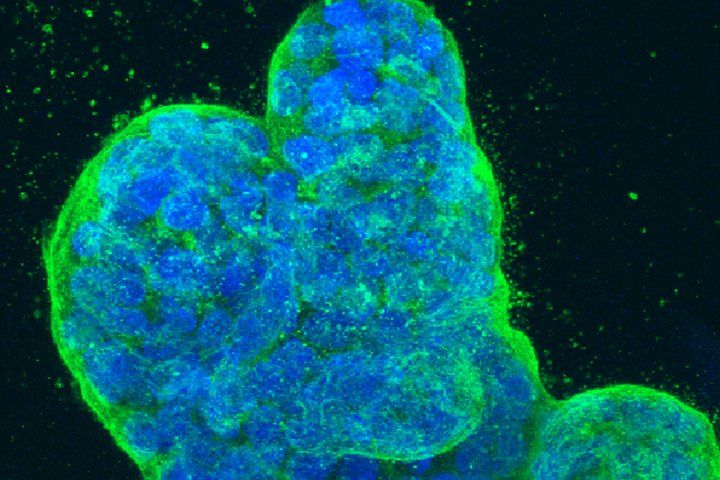
Cancer cells proliferate despite a myriad of stresses — from oxygen deprivation to chemotherapy — that would kill any ordinary cell. Now, researchers at UC San Francisco have gained insight into how they may be doing this through the downstream activity of a powerful estrogen receptor. The discovery offers clues to overcoming resistance to therapies like tamoxifen that are used in many types of breast cancer.
Estrogen receptor α (ERα) drives more than 70 percent of breast cancers. The new research published Sept...
Read More







Recent Comments